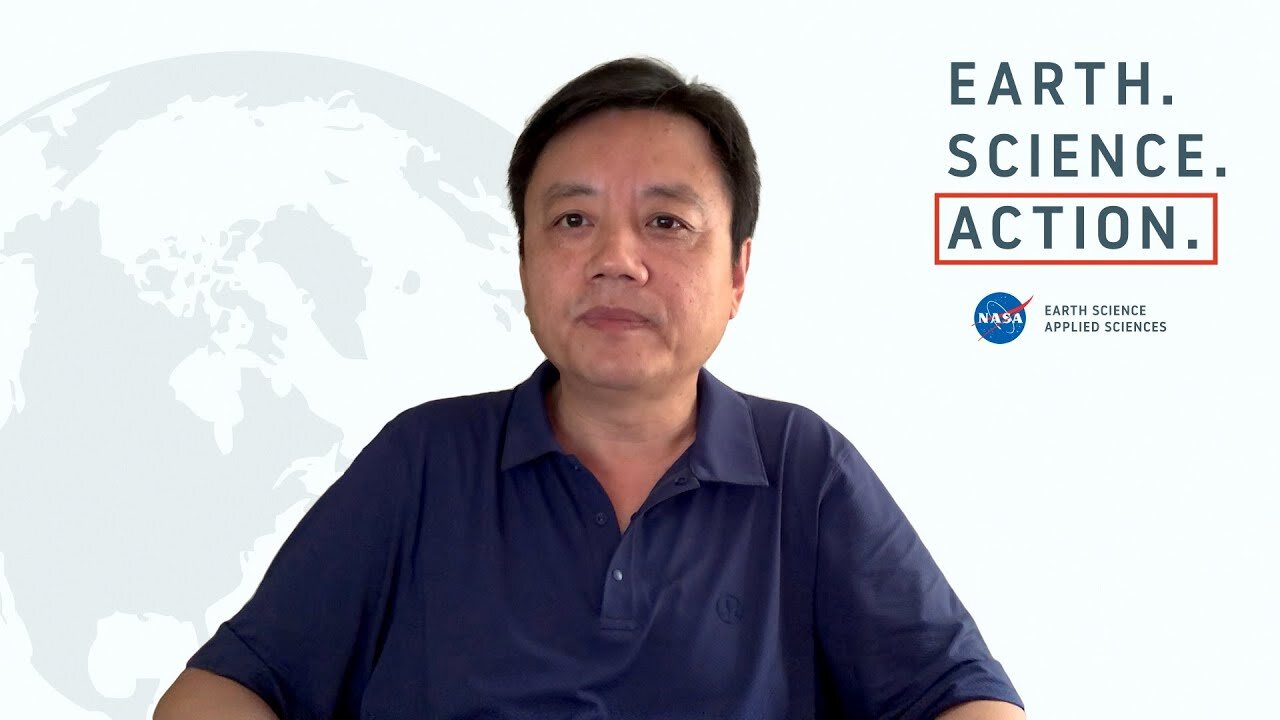Premium Only Content

Detecting Sargassum algae from space, also known as Sargassum seaweed //dxbdubai
Detecting Sargassum algae, also known as Sargassum seaweed, can be challenging because it often floats on the surface of the ocean and forms dense mats that can cover large areas. However, various methods and technologies have been developed to detect and monitor Sargassum algae blooms. Here are some common approaches:
Satellite Imaging: Satellite-based remote sensing is one of the most effective ways to detect and monitor Sargassum blooms over large ocean areas. Satellites equipped with sensors that can capture different wavelengths of light, including infrared and visible light, can detect changes in the color and temperature of the ocean's surface caused by Sargassum. These satellites provide valuable data for tracking the movement and extent of Sargassum algae.
Aerial Surveys: Aircraft equipped with specialized sensors can also be used to conduct aerial surveys of Sargassum blooms. These surveys can provide high-resolution images and data to complement satellite observations.
Ocean Buoy Networks: Some regions deploy ocean buoys equipped with sensors to monitor water quality and environmental conditions. These buoys can detect changes in water temperature, turbidity, and nutrient levels associated with Sargassum blooms.
Citizen Science: Citizen scientists and local communities can play a role in Sargassum detection. Reports and observations from beachgoers and coastal residents can help authorities track the presence and extent of Sargassum accumulations.
Machine Learning and Artificial Intelligence: Researchers are developing machine learning and AI algorithms to analyze satellite and aerial imagery more effectively. These algorithms can automatically identify and track Sargassum blooms based on patterns and features in the images.
Oceanographic Models: Numerical models of ocean currents and water quality can be used to predict the movement and dispersion of Sargassum algae. These models take into account factors such as wind, ocean currents, and water temperature.
Field Surveys: While remote sensing provides valuable data, ground-based field surveys are essential for verifying and validating the satellite and aerial observations. Researchers can collect physical samples and conduct detailed studies of Sargassum in affected areas.
Combining multiple methods, including satellite imagery, aerial surveys, and data from ocean buoys, allows scientists and authorities to better understand the dynamics of Sargassum blooms and respond to their presence. Early detection is crucial for managing the impacts of Sargassum algae on coastal ecosystems, tourism, and local economies.
Regenerate
-
 LIVE
LIVE
Sean Unpaved
1 hour agoMNF Mayhem: Bucs' Stunner, Brady's Booth Drama, Shedeur's Draft Doge & the Masters on Prime
183 watching -
 1:07:59
1:07:59
NotTheBee
1 day agoOur Memories Of Charlie Kirk And What This Means For The Country
34.8K23 -
 1:19:51
1:19:51
The Rubin Report
2 hours agoListen to the Fear in Whoopi Goldberg’s Voice on 'The View' as She Gives a Chilling Warning
39.5K41 -
 LIVE
LIVE
Rebel News
37 minutes agoLibs blame Poilievre, Cons call to scrap TFW program, Carney on Canada-US relations | Rebel Roundup
249 watching -
 LIVE
LIVE
The Mel K Show
1 hour agoMORNINGS WITH MEL K - Constitution Incompatible with Globalist Goals 9-16-25
751 watching -
 35:35
35:35
Grant Stinchfield
1 hour agoRFK Jr. Speaks Out: The Pain of Assassination & the Loss of Charlie Kirk
8501 -
 1:59:33
1:59:33
Benny Johnson
3 hours agoKash Patel Testifying LIVE Now on Charlie Kirk Assassination, Trump to Declare Antifa TERRORISTS?!
72.5K67 -
 2:07:38
2:07:38
Timcast
4 hours ago🚨LIVE: Kash Patel Testifies Over Charlie Kirk Assassination In Senate | Tim Pool
82.9K61 -
 1:01:08
1:01:08
Trumpet Daily
1 hour agoTrumpet Daily LIVE | Sept. 16, 2025
6.4K1 -
 LIVE
LIVE
The Shannon Joy Show
2 hours agoTrojan Horse Trump Pushing ‘Worse Than Biden’ Speech Control Using Kirk Killing. Guest Brett Miller
245 watching